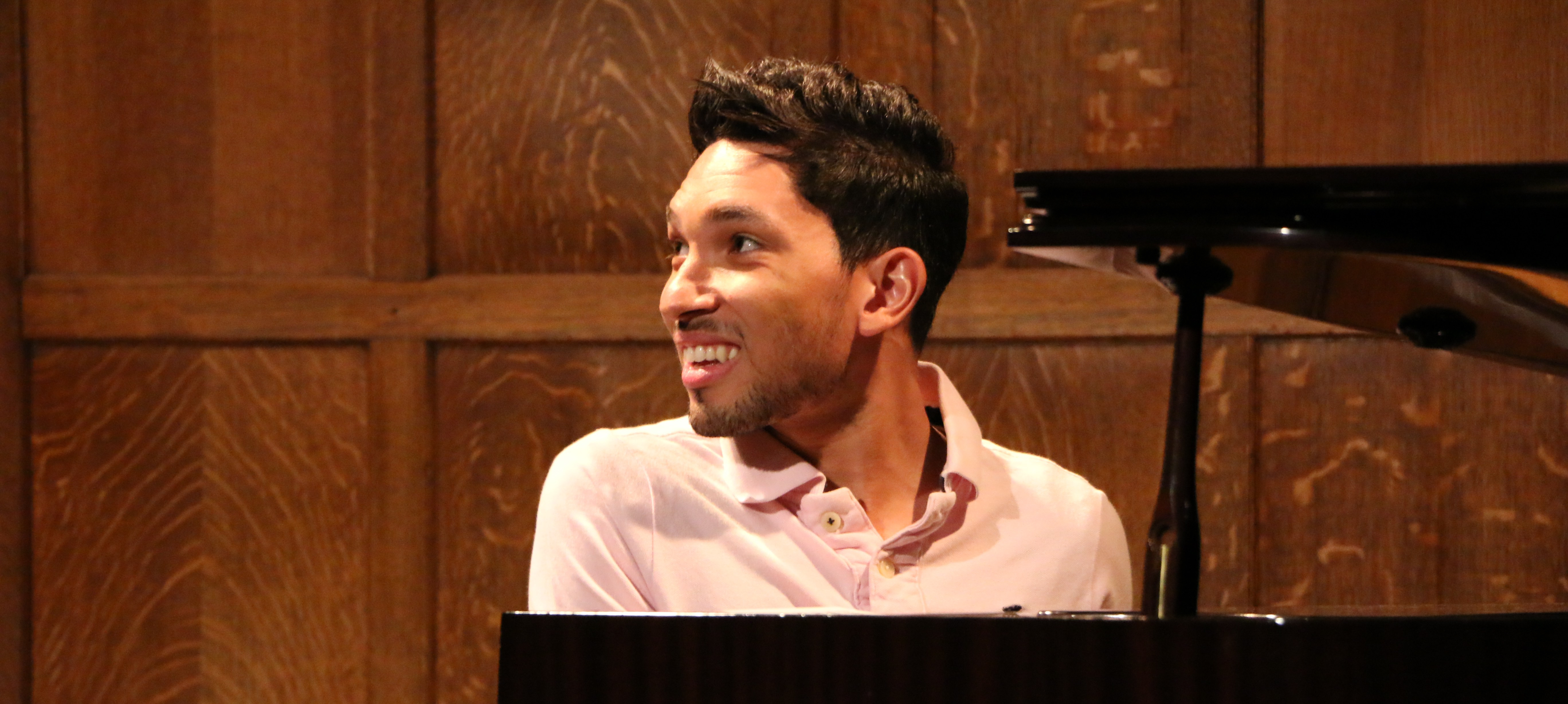by Susan Fletcher
The movement that we now call Via Affirmativa began as a conversation among four friends at an Italian restaurant. In 2004 Donald McGilchrist, Gary Bradley, Eddie Broussard, and Jim Petersen met to talk about the connection between God’s beauty and the movement of the Gospel. The friends wrestled with the narrow definition of beauty and art found in the Church. They examined the polarity between “Christian art” with its largely didactic message and the culture of modern secular art. The friends talked about what it would take to implement a culture change towards embracing beauty, humanity, and the flourishing of artistic gifts within the Church and decided to pursue this goal. In 2005 the group of four expanded to twelve. They questioned why didactic messages in sub-cultural art so often trump artistic excellence, and what kind of encouragement would be necessary for artists within the Church to flourish in all areas of their calling and contexts. They named this new movement Via Affirmativa: the way of affirmation.
In June 2006, they held a Forum on Beauty in Colorado Springs. Eighty artists, musicians, film makers, and actors attended this first meeting. They explored the relationship between beauty, goodness, truth, and the purity and mobility of the gospel. The art-makers in attendance discovered a community that valued grace, creativity and playfulness. Every summer since then, the annual Via Affirmativa gathering brings together artists from all over the world.
In the last ten years, Via Affirmativa has blossomed into a powerful movement that evokes “passionate voice and expressions of Beauty, Goodness, and Truth, through creative and redemptive lives.” Via aims to help art-makers live wholly, seeking integration of art, relationships, faith, and life. Each summer gathering provides a stimulating environment of affirmation and authentic dialog for those artists who are pursuing excellence in their work and beauty in their relational contexts.
